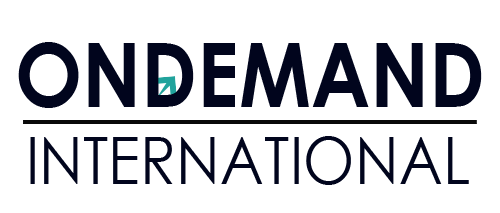
Introduction
Closing a Dutch BV (Besloten Vennootschap) corporation is an important decision that needs to be carefully considered and done in accordance with the law. Whether it’s due to changes in business strategies, market conditions, or other factors, understanding the process is crucial to ensure a smooth closure. In this comprehensive guide, we’ll delve into the intricacies of closing a Dutch BV company, outlining the steps, legal requirements, and common questions that arise during this process.
Understanding the Dutch BV Structure
Before diving into the process of closing a Dutch BV company, let’s briefly understand the structure of a BV. A BV is a private limited liability company commonly chosen by entrepreneurs in the Netherlands. It provides its shareholders with limited responsibility, shielding their private assets from the obligations of the business. Despite its advantages, circumstances may arise that necessitate the closure of a BV.
Legal Groundwork for Closing a Dutch BV Company
Before delving into the procedural aspects, it is crucial to establish the legal groundwork for closing a Dutch BV company. The BV structure, a private limited liability company, is subject to Dutch company law, and its dissolution involves complying with specific legal requirements.
Understanding the Reasons for Dissolution
The process of dissolving a Dutch BV corporation begins with identifying and documenting the cause of dissolution. Knowing the reason behind any action is crucial, regardless of whether it stems from strategic choices, financial difficulties, or business reorganization. This data will not only direct the procedure but also potentially influence the liquidation strategy.
Board Resolution and Shareholders’ Meeting
Initiating the dissolution process typically involves a board resolution followed by a shareholders’ meeting. During the shareholders’ meeting, a decision to dissolve the company must be approved by a majority vote, as stipulated by Dutch company law. The meeting minutes ought to contain a record of this decision.
Appointment of a Liquidator
A liquidator must be selected when the BV is decided to be liquidated. The liquidator is in charge of managing the entire liquidation process, which includes paying off existing debts, selling assets, and giving shareholders the remaining assets. Formally speaking, the appointment of a liquidator needs to be filed with the Dutch Chamber of Commerce.
Process of Legally Closing a Dutch BV Company
1. Notification to Creditors and Settlement of Debts
The organization is required to inform its creditors upon the official decision to close the BV. This notification includes information about the closure and instructions for creditors to submit their claims. The liquidator then proceeds to settle outstanding debts using the company’s assets.
2. Asset Liquidation
As part of the closure process, the company’s assets, including inventory, real estate, and intellectual property, may need to be liquidated. The proceeds from asset sales are used to settle outstanding debts and cover the costs associated with the closure.
3. Tax Clearance and Deregistration
Closing a Dutch BV involves fulfilling tax obligations. The company must obtain tax clearance from the Dutch tax authorities, certifying that all tax liabilities have been settled. Following tax clearance, the BV can be formally deregistered with the Dutch Chamber of Commerce.
4. Submission of Final Financial Statements
The business must compile and submit its final financial accounts to the Chamber of Commerce prior to the official deregistration. The financial position of the organization at closure is fully summarized in these statements.
5. Formal Deregistration with the Dutch Chamber of Commerce
The final step involves submitting the necessary documentation to the Dutch Chamber of Commerce for formal deregistration. This includes the board resolution, financial statements, and any approvals obtained during the closure process. Once deregistered, the company ceases to exist legally.
Conclusion
A Dutch BV company’s closure is a major operation that needs to be planned carefully, followed by the law, and effectively communicated with all parties involved. From initiating the closure through a board resolution to the formal deregistration with the Dutch Chamber of Commerce, each step plays a crucial role in the seamless winding up of the company.
If you have any more questions about the closing of a Dutch BV firm, you may get in touch with our experts at OnDemand International. Our professionals will be happy to answer any questions you may have.
FAQ’s
No, appointing a liquidator is a legal requirement when closing a Dutch BV. The liquidator is responsible for managing the closure process, settling debts, and distributing remaining assets to shareholders.
The duration of the closure process varies, depending on factors such as the complexity of the company’s affairs, the extent of outstanding debts, and the efficiency of the liquidation process. On average, the completion time could take numerous months.
Yes, there are tax implications associated with closing a Dutch BV. It’s essential to settle all tax liabilities before deregistering the company. Obtaining tax clearance from the Dutch tax authorities is a crucial step in the closure process.
It could occasionally be able to reopen a Dutch BV that has been closed. However, this process involves specific legal steps, and it’s advisable to seek professional advice before attempting to reopen a closed BV.

